Europe
Europe
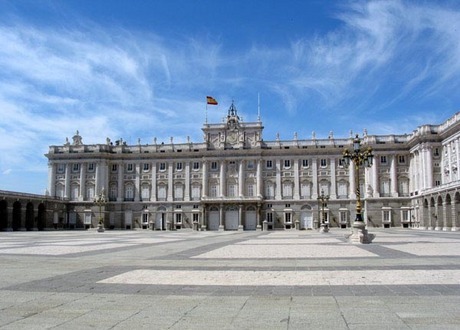
The square as we see it now was laid out in 1892, according to a project by the architect Enrique María Repullés. However, the history of this square dates back to 1553, the year in which Philip II ordered a building to house the royal stables. Renovated in 1670 by José del Olmo, the building survived until 1884, when it had to be demolished after a fire.
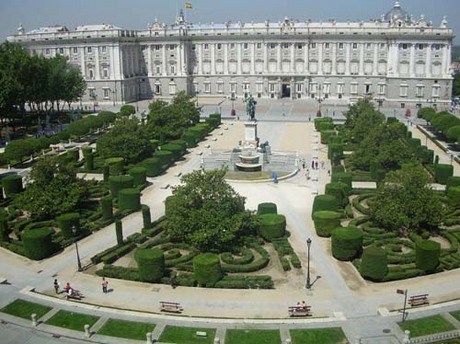
Plaza de Oriente is a rectangular square of curved header, of monumental character, whose final layout responds to a design in 1844 by Pascual y Colomer. One of its main proponents was King Joseph Bonaparte, who ordered the demolition of the medieval houses located on its site.
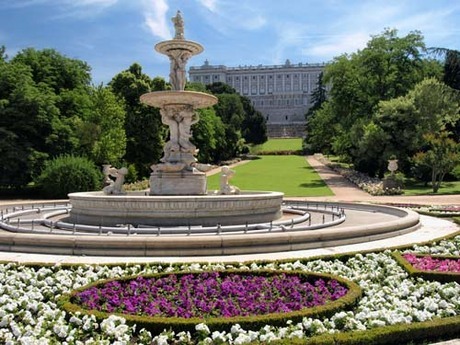
Madrid has been called a “green” city. This is because there are several wide-open spaces in the form of parks and gardens where one can take in the beautiful and verdant colors of nature. One such space is the Campo del Moro Gardens. Open from 10 AM until 6 PM, these are Royal gardens, as evidenced by their location down the hill from Madrid’s Royal Palace. You have two wonderful views in one from both the palace and the gardens.
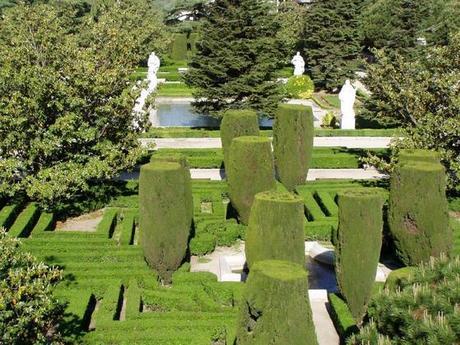
Neoclassical-style garden in keeping with the Oriente Palace, which has given distinction to an area that in years gone by was used for a humbler purpose, i.e. the stables. While the new Oriente Palace was being built, the architects who were involved, first Sachetti and later Sabatini, designed gardens in the northern angle of the Palace. These were never built; instead, the space was used for the royal stables, which, in addition to the animals, housed the carriages and coaches that can now be seen in the Carriage Museum.
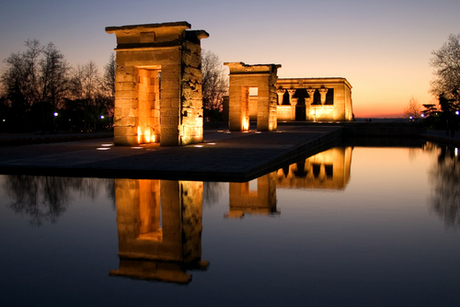
Many people are surprised to learn that there is an authentic Egyptian temple dating from the 2nd Century BC in the middle of Madrid and dedicated to the gods Amon and Isis.
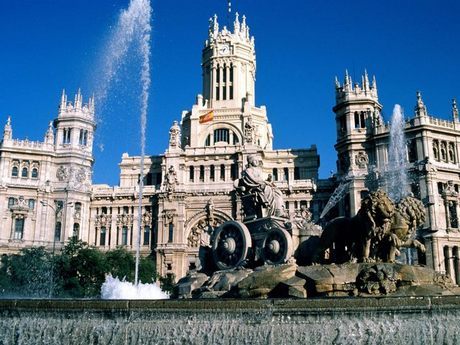
The Plaza de Cibeles is a square with a neo-classical complex of marble sculptures with fountains that has become an iconic symbol for the city of Madrid.
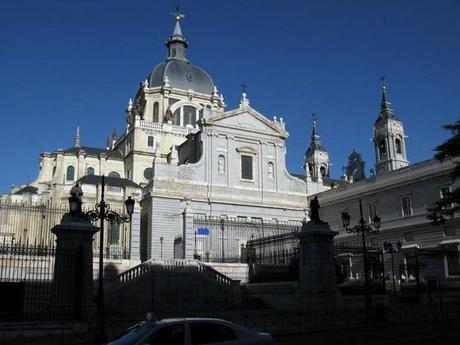
The principle church of the Diocese of Madrid, the Catedral de Santa María la Real de la Almudena, is a relatively modern building, started in 1883 and not completed until 1993. Remarkable as it may seem, the delay until such recent times in the building of a cathedral in the capital can largely be attributed to the fact that Madrid was part of the Archdiocese of Toledo, which was reluctant to relinquish it.
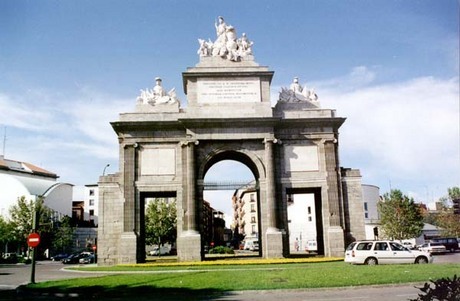
The Puerta de Toledo is located at Glorieta de la Puerta de Toledo in the southwest of Madrid. This free-standing gate is 19 metres high and is comprised of three archways. The central arch is the tallest. It has a rounded semicircular arch and was the main gateway on the road towards the city of Toledo in past centuries. It is flanked by two smaller square lintelled gateways that have ornamental columns on either side.
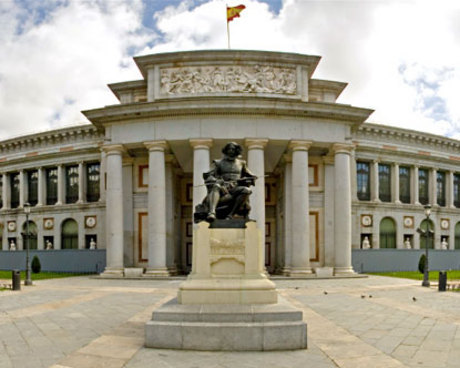
The Prado Museum is Madrid's top cultural sight, and one of the world's greatest art galleries. Located in the eponymous street, El Paseo del Prado, its dazzling display of works by the great European masters such as Velázquez, Goya, Raphael, Rubens, and Bosch (among other major Italian and Flemish artists), is housed in an 18th-century Neo-Classical building that opened as a museum in 1819.
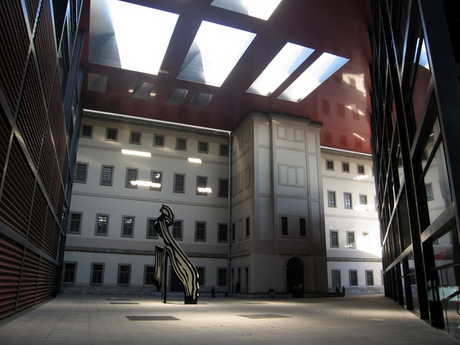
Madrid's 18th century hospital was beautifully remodelled and converted into a museum in 1992, with two panoramic glass lifts standing out in the façade. In 2005 it added an extension designed by French architect Jean Nouvel. Its official name is the Museo Nacional Centro de Arte Reina Sofía.
 1 2 3 4 5 6 7 8 9 10 11 12 13 14 15 16 17 18 19 20 21 22 23 24 25 26 27 28 29 30 31 32 33 3435 36 37 38 39 40 41 42 43 44 45 46
1 2 3 4 5 6 7 8 9 10 11 12 13 14 15 16 17 18 19 20 21 22 23 24 25 26 27 28 29 30 31 32 33 3435 36 37 38 39 40 41 42 43 44 45 46 
